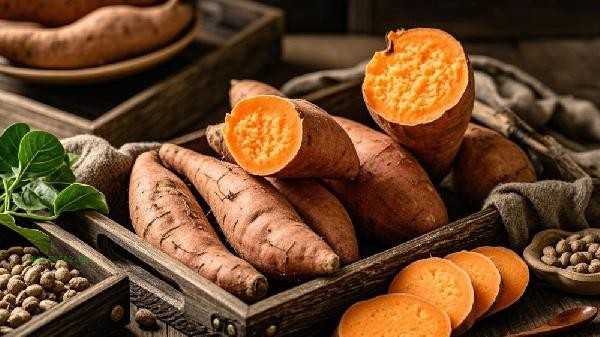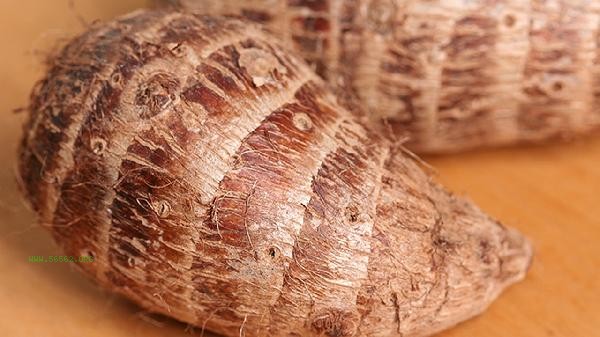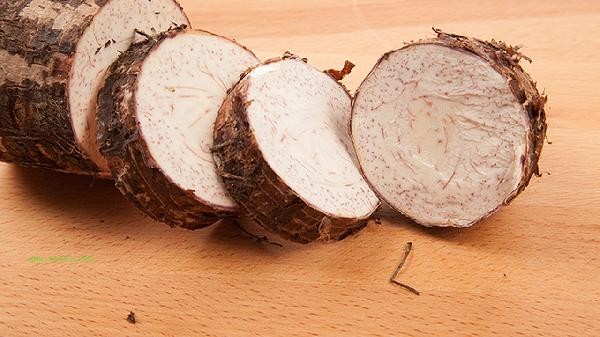Taro and sweet potatoes are low to medium calorie staple foods, with approximately 60-90 calories per 100 grams of edible portion. The actual calorie content is affected by factors such as variety, cooking method, and moisture content. During weight control, it is recommended to replace polished rice and white flour in moderation. This is mainly due to its low glycemic index, abundant dietary fiber, strong satiety, high nutrient density, and diverse cooking methods.

1. Low glycemic index:
The glycemic index (GI) values of sweet potatoes and taro are generally between 55-70, which is lower than that of white rice rice (83) and white bread (87). Medium and low GI food can delay the fluctuation of blood sugar, reduce the risk of fat accumulation caused by the large amount of insulin secretion, and is suitable for people in pre diabetes and dieters as a source of carbon and water.
2. Rich in dietary fiber:
Sweet potatoes contain 3 grams of dietary fiber per 100 grams, while taro contains about 2.3 grams, which is 3-5 times more than the same amount of rice. Water soluble dietary fiber can slow down gastric emptying, increase the number of intestinal probiotics, improve constipation, and reduce cholesterol absorption rate. It should be noted that consuming it with the skin can retain more fiber.
3. Outstanding satiety:

The high water holding capacity of sweet potatoes and taro results in a volume expansion coefficient of 2.5-3 times, which stimulates satiety nerve signals during chewing. Research has shown that under the same calorie intake, the satiety duration of potato based foods is 40-60 minutes longer than that of refined grains, which helps reduce unnecessary meals.
4. High nutrient density:
is rich in trace elements such as beta carotene in sweet potatoes, 378mg/100g in potassium taro, and 26mg in vitamin C. Purple sweet potatoes contain anthocyanins, while taro contains mucin protein. These active ingredients control calorie intake while meeting the nutritional needs of basic metabolism.
5. Cooking affects heat:
The cooking method retains the closest amount of heat to the original value, with 100 grams of steamed taro accounting for approximately 56 calories; Roasted sweet potatoes generate 90 calories of heat due to water evaporation; Fried taro slices can generate over 150 calories. It is recommended to use cooking methods such as steaming, oil-free baking, or cutting into pieces to boil soup. When using taro and sweet potatoes as staple foods, it is recommended to limit the daily intake to 200-300 grams of raw weight, paired with high-quality protein such as eggs, fish, and green leafy vegetables. Avoid consuming high-fat foods such as cheese and condensed milk together. Eating within 2 hours after exercise can prioritize replenishing muscle glycogen. Special populations such as those with excessive stomach acid should reduce the consumption of undercooked taro, and those with renal insufficiency should pay attention to the total amount of potassium intake. When replacing refined grains in the long term, it is recommended to rotate the consumption of whole grains such as brown rice and oats to ensure nutritional balance.




Comments (0)
Leave a Comment
No comments yet
Be the first to share your thoughts!